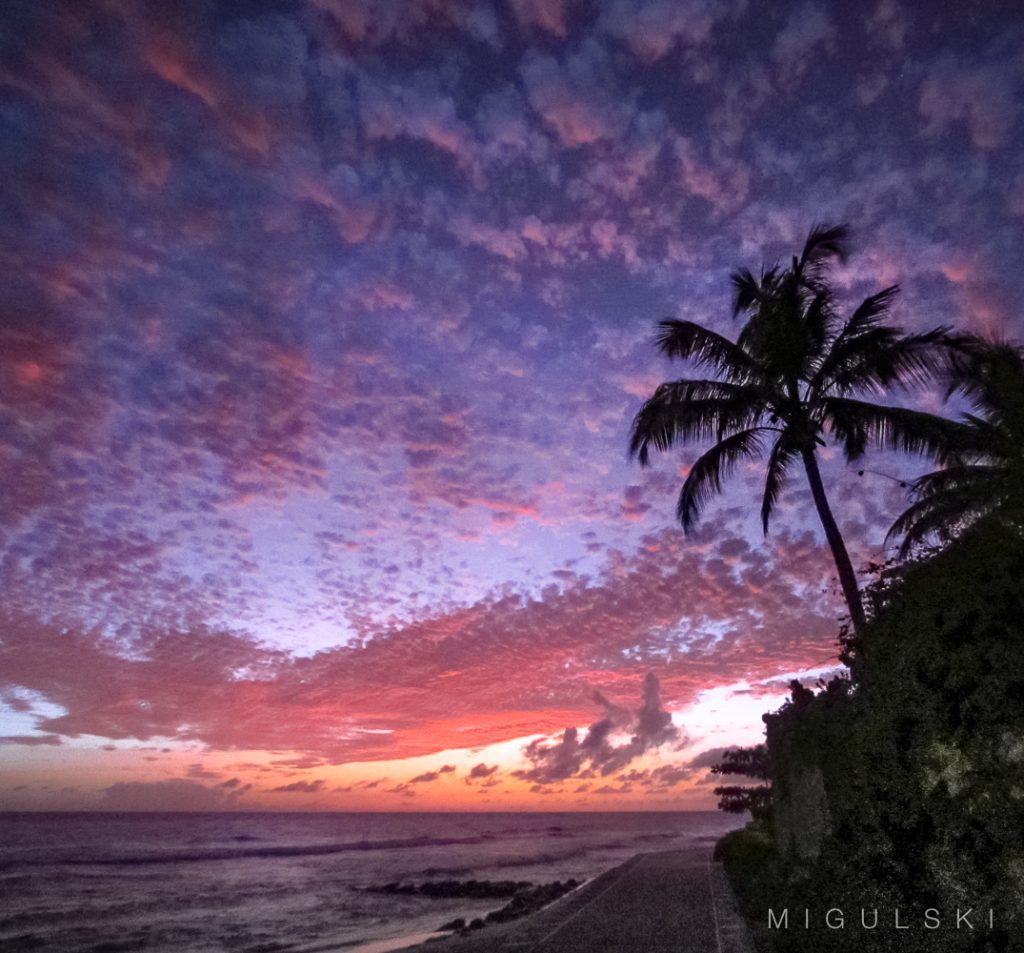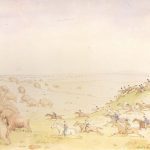
Barbados is situated in the western area of the North Atlantic and 100 km (62 mi) east of the Windward Islands and the Caribbean Sea; therein, Barbados is east of the Windwards, part of the Lesser Antilles, roughly at 13°N of the equator. It is about 168 km (104 mi) east of both the countries of Saint Lucia and Saint Vincent and the Grenadines and 180 km (110 mi) south-east of Martinique and 400 km (250 mi) north-east of Trinidad and Tobago. Barbados is outside the principal Atlantic hurricane belt. Its capital and largest city is Bridgetown.
Inhabited by Kalinago people since the 13th century, and prior to that by other Amerindians, Barbados was visited by Spanish navigators in the late 15th century and claimed for the Spanish Crown. It first appeared in a Spanish map in 1511. The Portuguese Empire claimed the island between 1532 and 1536, but later abandoned it in 1620; with their only remnants being an introduction of wild boars for a good supply of meat whenever the island was visited, and to replenish their supply of freshwater.
Olive Blossom
An English ship, the Olive Blossom, arrived in Barbados on 14 May 1625; its men took possession of it in the name of King James I. In 1627, the first permanent settlers arrived from England, and it became an English and later British colony. As a wealthy sugar colony, it became an English centre of the African slave trade until that trade was outlawed in 1807, with final emancipation of slaves in Barbados occurring over a period of years from 1833.
On 30 November 1966, Barbados became an independent state and Commonwealth realm with Elizabeth II as its queen. It has a population of 287,010 people, predominantly of African descent. Despite being classified as an Atlantic island, Barbados is considered to be a part of the Caribbean, where it is ranked as a leading tourist destination. Of the tourists, 40% come from the UK, with the US and Canada making up the next large groups of visitors to the island. Source: Wikipedia.




